-
•
•
149 responses
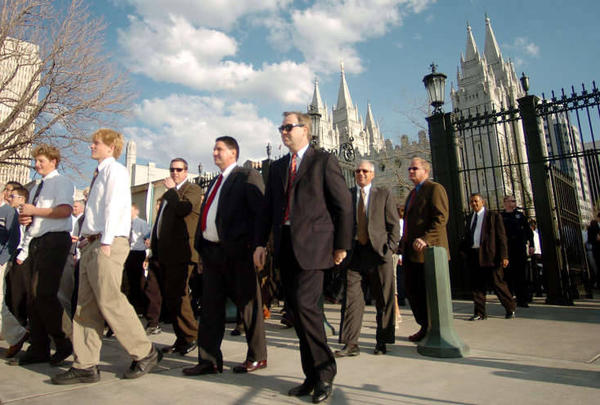
In case you haven’t heard, members of the Ordain Women movement tried to attend the priesthood session of general conference and were turned away. I think that turning them away was a mistake, but I also think that it would be a bad idea for women to begin attending the priesthood session of conference. First, why I think excluding Ordain Women was a mistake. I can understand why Church authorities would turn away the Ordain Women activists. The rationale, it seems to me, would be something along the lines of, “This is an attempt to turn a sacred meeting into… Read More
-
•
•
33 responses

The weather comes and goes, the climate stays. At least, that is what we were taught in our youth, but nowadays the stability of climate is in heavy weather, for the climate is changing. In windy and rainy Holland the weather is an obvious conversation starter; a Nepalese anthropologist who did his fieldwork in the Netherlands in the ‘80s was struck by our constant speaking about the obvious, the weather; he thought the reason was that everything else in this country was under control, man-made or well-regulated, so the weather was about the only variable item we could mention This… Read More
-
•
•
4 responses
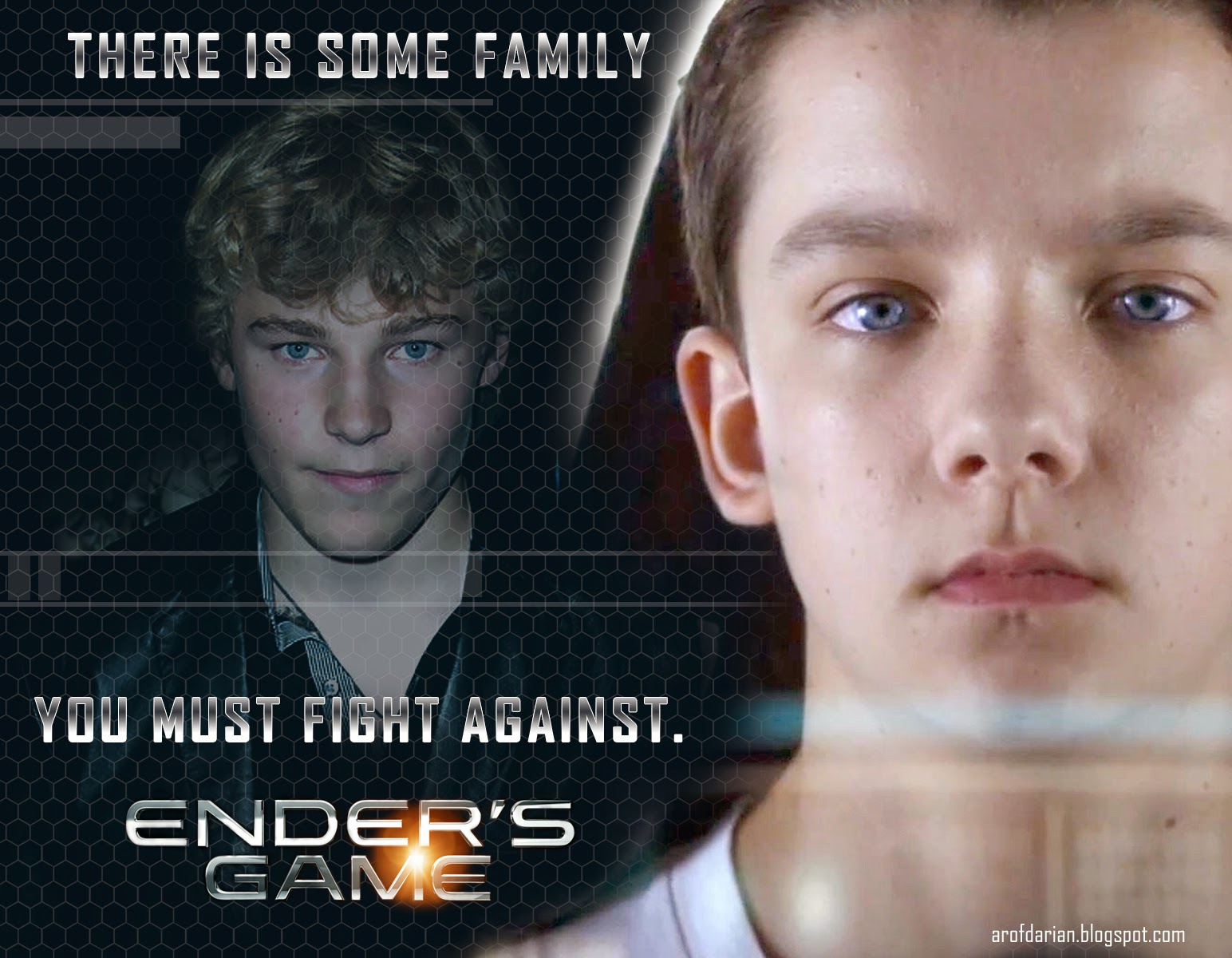
(This post is the second in a series on Ender’s Game. Read the first here.) Andrew “Ender” Wiggin is a Third. This means that he is the third child in a family which–in the strictly population controlled United States described in Ender’s Game violates both the law and social taboo. Ender’s oldest sibling is Peter, a sociopathic genius who takes to torturing small animals when his favorite target, Ender, is shipped to Battle School. Peter himself was rejected because the military concluded he “had the soul of a jackal.” After Peter, his parents had Valentine. Although just as intelligent as Peter, she was… Read More
-
•
•
41 responses
Conductinng: Elder Henry B. Eyring Elder Quentin L. Cook: Lamentations of Jeremiah: Beware Of Bondage Turning from the worship of the true and living God and worshipping false gods like wealth and fame and engaging in immoral and unrighteous conduct result in bondage in all its insidious manifestations. These include spiritual, physical, and intellectual bondage and sometimes bring destruction. Bondage, subjugation, addictions, and servitude come in many forms. They can be literal physical enslavement, but can also be loss or impairment of moral agency that can impede our progress. Addictions that impair agency, contradict moral beliefs, and destroy good health… Read More
-
•
•
President Dieter F. Uchtdorf conducting. President Henry B. Eyring: To My Grandchildren I have seen those same tears of happiness in the eyes of someone who recounted the words of an apostle of God: He had said to her, after a searching and tender interview: “I forgive you in the name of the Lord. He will forgive you in His own time and in His own way.” And He did. Read More
-
•
•
President Henry B. Eyring conducting. Elder L. Tom Perry: The Doctrines and Principles Contained in the Articles of Faith This doctrine is to the Church like a battery is to a cell phone. When you remove the battery from your cell phone it becomes useless. A church in which true doctrine is no longer taught is similarly useless. It cannot guide us back to our Heavenly Father and our eternal home. Read More
-
•
•
President Uchtdorf conducting. President Henry B. Eyring: Sustaining votes of the General Authorities and Church Officers Read More
-
•
•
2 responses
President Eyring conducted this opening session. President Thomas S. Monson: Welcome to Conference I am happy to announce that two weeks ago the membership of the Church reached fifteen million. It has scarcely been one year since I announced the lowering of the age of missionary service. Since that time, the number of full-time missionaries serving has increased from 58,500 in October 2012 to 80,333 today. What a tremendous and inspiring response we have witnessed! Now is the time for members and missionaries to come together, to work together, to labor in the Lord’s vineyard to bring souls unto Him.… Read More
-
•
•
83 responses
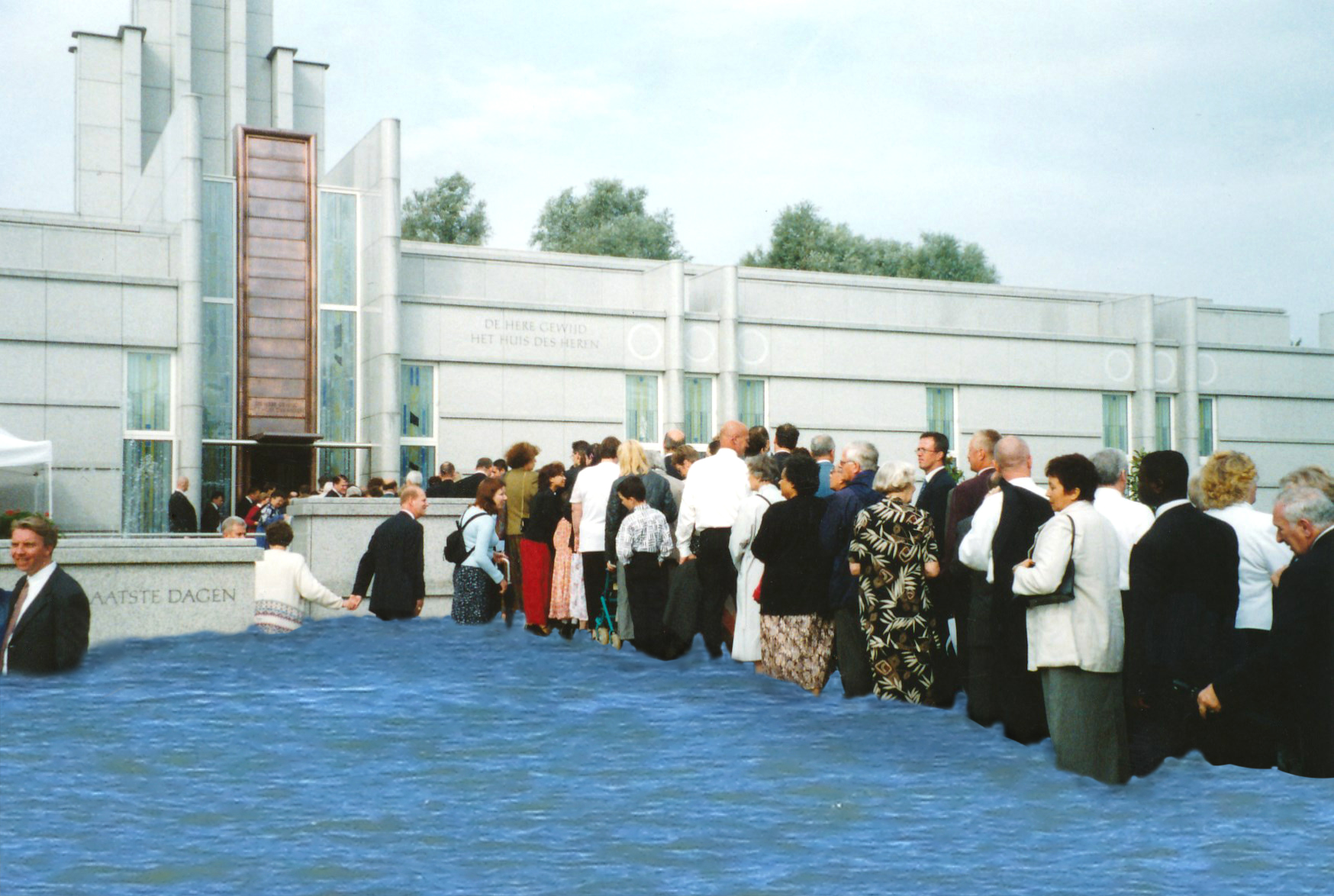
About a year ago I took the liberty of asking the Brethren what their opinion was on climate change. My reason was that we as Dutch have a temple below sea level, probably the only one in the world. How did the Brethren envisage the future of the Dutch temple, considering sea level rise due to perceived and expected climate change? As LDS temples are destined for eternity, what are the long-term perspectives of this particular House of the Lord? Is it going to be flooded when the waters rise, inundated when the ‘inconvenient truth’ hits Holland? We as Dutch… Read More
-
•
•
66 responses
What can we gather from last week’s decision from Salt Lake? The content of the Priesthood session will be made accessible in real time to anybody who wants to view it online, but the live venue will be available to men only — even, presumably, non-Priesthood-holding or -worthy men. Priesthood session, in its primary form, will remain a male-only social space. It appears that the purpose of the formerly-restricted Priesthood session was not chiefly to withhold information from women, although that was the effect, but rather to preserve a single-sex social and spiritual space. Does this suggest anything about the… Read More
-
•
•
22 responses
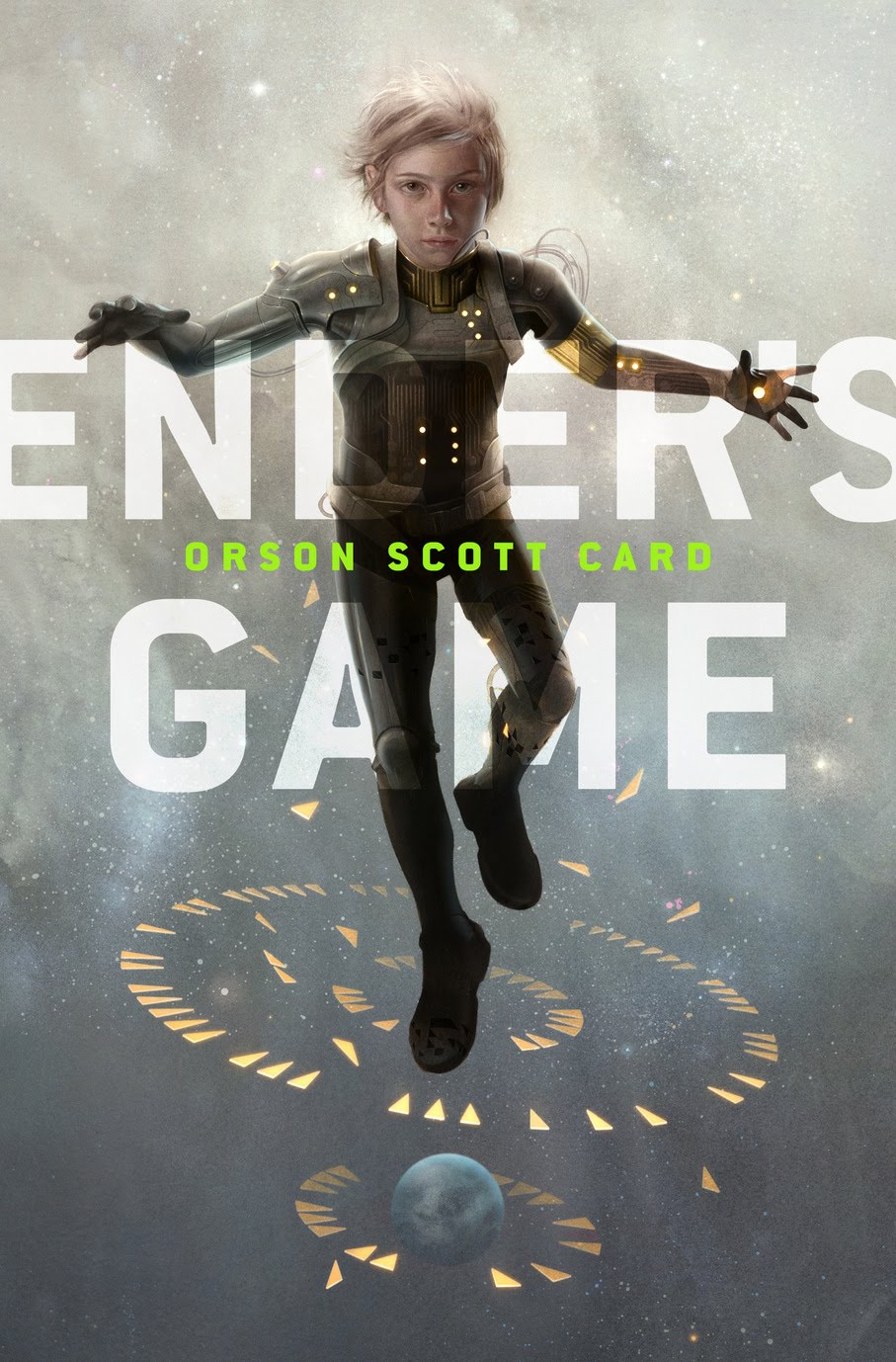
With very few exceptions, everyone loves the Harry Potter books. (The exceptions consist of people who cannot read and people who have no soul.) The appeal is fairly straightforward, with themes of magical escapism, coming-of-age, and friendship woven directly and beautifully throughout the narrative. Ender’s Game is also a very popular book. Although of course it’s not as widely read as Harry Potter (very little is, after all), it’s one of the best-selling and most-awarded science fiction novels of all time. The most interesting contrast between the two, however, is that whereas everyone seems to be on the same page… Read More
-
•
•
Lorenzo Snow lesson 19 highlights several purposes for missionary work in its collected statements from Snow’s discourses. Clearly bringing the gospel to others is the chief purpose of this effort. Snow also suggests in these statements that missionary work is a sacrifice that missionaries make when they are sent out into the world. Perhaps the sacrifices that Snow himself made taught him the value of missionary work and the sacrifices made. Snow’s sister evidently thought these sacrifices were important, since she made them the subject of the following poem. Read More
-
•
•
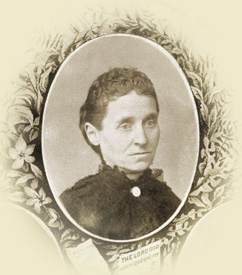
Often when we discuss the principles of welfare today, we talk as if the whole idea of welfare developed in the 1930s, along with the current program. In reality, before the current program caring for the needy, poor and promoting self-reliance were largely the purview of the Relief Society. And so it is a Song of the Sisters of the Relief Society (familiar today since it is the poem on which the current hymn, As Sisters in Zion, is based — Julie also posted here on Times and Seasons about this poem) that I present below to help us understand… Read More
-
•
•
13 responses
Here’s Mark 2:14: Read More
-
•
•
14 responses
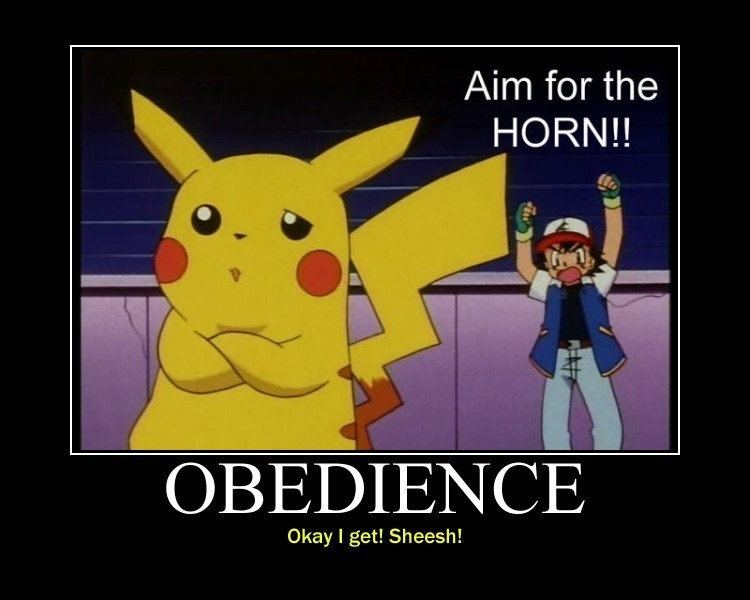
Our Mormon faith places a great deal of emphasis on obedience, and to great (and mostly positive) effect. It’s quite common, especially in the Bloggernaccle, to fault the Church and its members for being too conformist, and as I’ve written there is some legitimacy to those complaints. But I’ve also been struck in my life–more and more as I get older–that the Church of Jesus Christ of Latter-day Saints as it exists in practical reality does a pretty darn good job of making decent folk and/or making folk decent. There’s a culture of practical service that is easy to take… Read More
-
•
•
4 responses
Here’s Mark 3:13-14: Read More
-
•
•
3 responses
In Mormonism our definition for the term Prophet is usually more specific than that employed outside of the Church. To us, a prophet is not only someone who has been inspired to prophesy, but it is also the president of the Church, the leader called to preside over the membership, the person who is to receive revelation for the Church, the chief teacher and the chief person who testifies of our Savior. There are other prophets, but we focus on THE Prophet. We didn’t always mean this in quite the same way–at least before 1848 THE Prophet was Joseph Smith,… Read More
-
•
•
66 responses
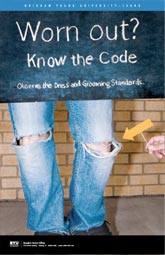
There are five things you should know about the BYU-Idaho dress code. The first thing—that BYU-Idaho has a dress code—is probably redundant, since that seems to be the only thing that people outside of Rexburg hear about BYU-Idaho. Read More
-
•
•
69 responses

Or mean that you must repeat it. Because sometimes people say things in church are are just plain not true. Read More
-
•
•
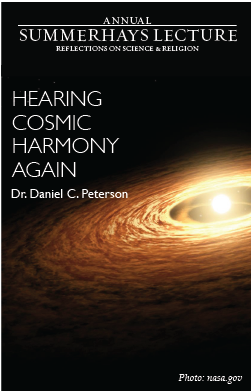
Thursday at 7pm in the JSB Auditorium at BYU, Dan Peterson will speak on how our understanding of the natural world through history has reinforced or weakened belief in God. His title for the 2013 Summerhays Lecture is “Hearing Cosmic Harmony Again.” Here is an introduction from the Summerhays Lecture web page: For many centuries, religious believers of all stripes have affirmed, in the words of the Psalmist, that “The heavens declare the glory of God; and the firmament sheweth his handy work.” But, although the Jesuit poet Gerard Manley Hopkins could still exclaim that “The world is charged with… Read More
-
•
•
72 responses

I started thinking about the phrase “stumbling block” recently. It’s such a common phrase that it’s easy to take its significance for granted. And maybe miss its meaning and current relevance. The literal meaning of the words is obvious, and “stumbling block” is in that sense basically the same phrase as “tripping rock”. But “tripping rock” is fresh and so it forces you to take a look at what the words actually mean: a stone that causes people who are walking somewhere to fall. Why should such an apparently innocuous concept be so deeply ingrained in scripture that it becomes… Read More
-
•
•
The place of Utah in LDS history is occasionally a topic of lessons like Doctrine and Covenants Gospel Doctrine lesson 36. And while today not all church members live in Utah or want to live there or feel that it is a place to admire, still, it is hard to argue with the fact that Utah played an important role in the formation of what Mormonism is today. As the lesson observes, the pioneers went to a place that no one wanted, a veritable desert, and created an impressive civilization. Its hard to say what they would think of Utah… Read More
-
•
•
12 responses

I have family members who have died recently, others who are dying, and some who tell me confidently every time we talk, “You know, I won’t be around much longer…” Read More
-
•
•
123 responses
School’s back in session. Several weeks of early mornings have burned through the summer sleep reservoir. Inevitably, the debate over school start times sputters to life, ignited this year by Secretary of Education Arne Duncan, who tweeted “Common sense to improve student achievement that too few have implemented: let teens sleep more, start school later.” Duncan’s statement references both the sleep science suggesting that teenagers’ circadian rhythms shift toward later wake and sleep times, and the small but growing initiative to delay high school bell schedules to better accommodate the students’ biological reality and, potentially, improve their academic performance. For… Read More
-
•
•
2 responses
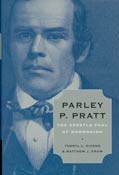
I recently finished reading Parley P. Pratt: The Apostle Paul of Mormonism (OUP, 2011), by Terryl L. Givens and Matthew J. Grow. Most Mormons know Pratt by name from reading the Doctrine and Covenants. A few Mormons have read Pratt’s autobiography, which gives some idea of the extent of his missionary travels, but provides little detail about his influential writings or his busy family life (he had 9 wives and 23 children at the time of his death). Any reader of this biography will come to appreciate just how significant a role Pratt played in the early LDS Church, almost… Read More
-
•
•

The Temple and Observatory Group, which sponsored an event in July in Provo featuring Richard Bushman, Fiona Givens, and Terryl Givens is bringing the same lineup to New York City. Come listen to the three speak about negotiating LDS history and faith challenges on Saturday, September 28th from 10am – 3:30pm at 390 Broadway 3rd floor in Manhattan. (Here’s a copy of the official flyer.) Additional events are being planned for the East Coast in coming months including Washington, D.C. (October 19) and Boston (November 9). You can visit the website to keep informed (and learn about the groups’ name)… Read More
-
•
•
13 responses
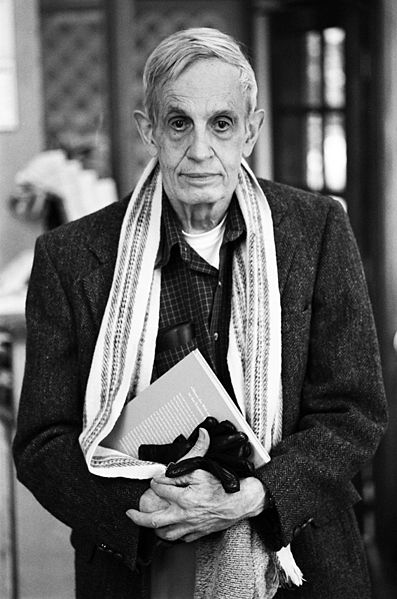
The Prisoner’s Dilemma came up in the comments to a post of mine from about a month ago. I outlined my thoughts very briefly there (see comment #12), but I’d like to return to them in more depth today. The Prisoner’s Dilemma is perhaps the most important scenario studied in game theory, and “it shows why two individuals might not cooperate, even if it appears that it is in their best interests to do so.” To understand the analysis, however, I’ll need to back up and give a very brief game theory primer. In game theory, a game is a situation where… Read More
-
•
•
2 responses
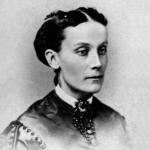
The world today treats leaders with honor and deference, giving those who manage to become leader of government and society the benefits available to the rich, while shielding them from many of the cares of life, and, at times, from their own errors and sins. Lesson 18 in the Lorenzo Snow manual makes it clear that such benefits and deference are not what Church leadership are about (and I wonder if governmental and other leadership shouldn’t also avoid these trappings). Instead, Church leadership is about serving others, and whatever benefits from that leadership should come after this life. The following… Read More
-
•
•
4 responses
In recent years the attention on the tragedy of the Martin and Willie handcart companies seems to have increased. Their situation and rescue has been the subject of books and movies (and lessons) in a process that seems to mythologize the events. The current lesson (#35 in the Doctrine and Covenants Gospel Doctrine manual) explores the saving nature of the rescue, and compares that to the Savior’s atonement and our own responsibility to save those who are lost. The following poem helps to set the stage for this discussion, describing the difficulty and the courage necessary to face it. Read More
-
•
•
37 responses
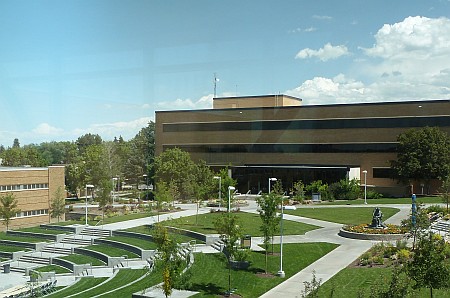
You might be surprised to learn that the church maintains not one but two large universities, including one about 280 miles north of Provo. The existence of BYU-Idaho is one of those things that seems to easily escape notice, even for Mormons in the middle of a vigorous debate about what must be done about BYU and LDS higher education. While the low level of scrutiny that BYU-Idaho receives is in general salutary for the university, it’s unfortunate for the discussions of higher education, as some of the most interesting experiments in the American university system today are being conducted… Read More
